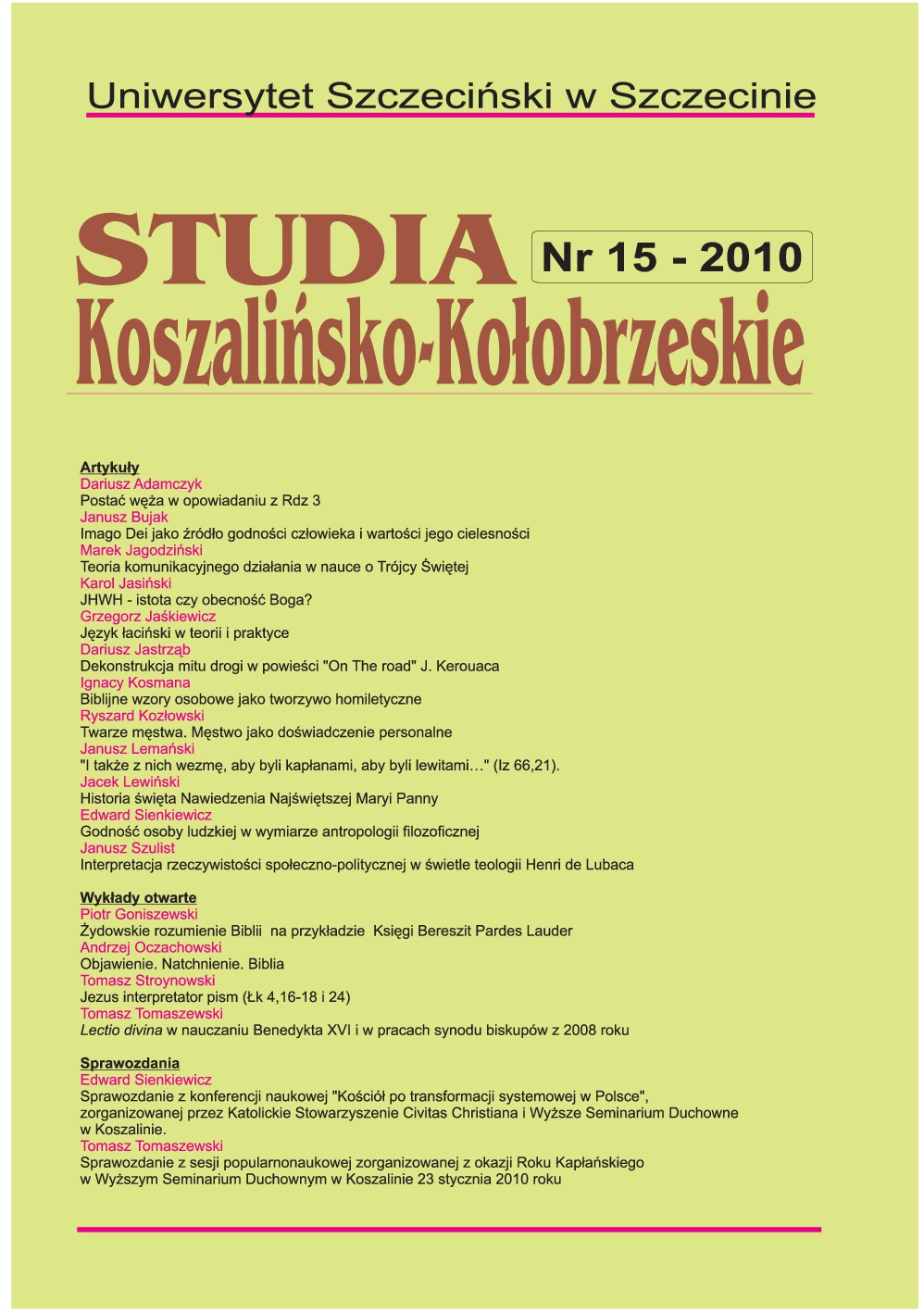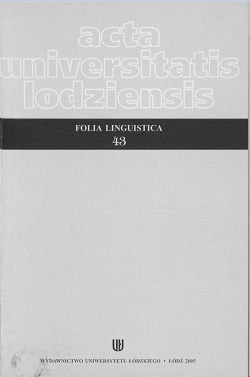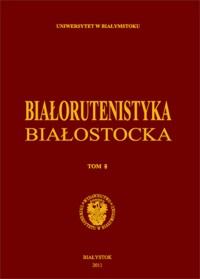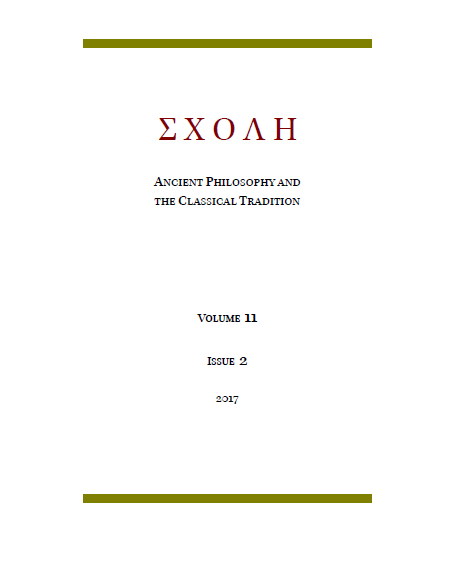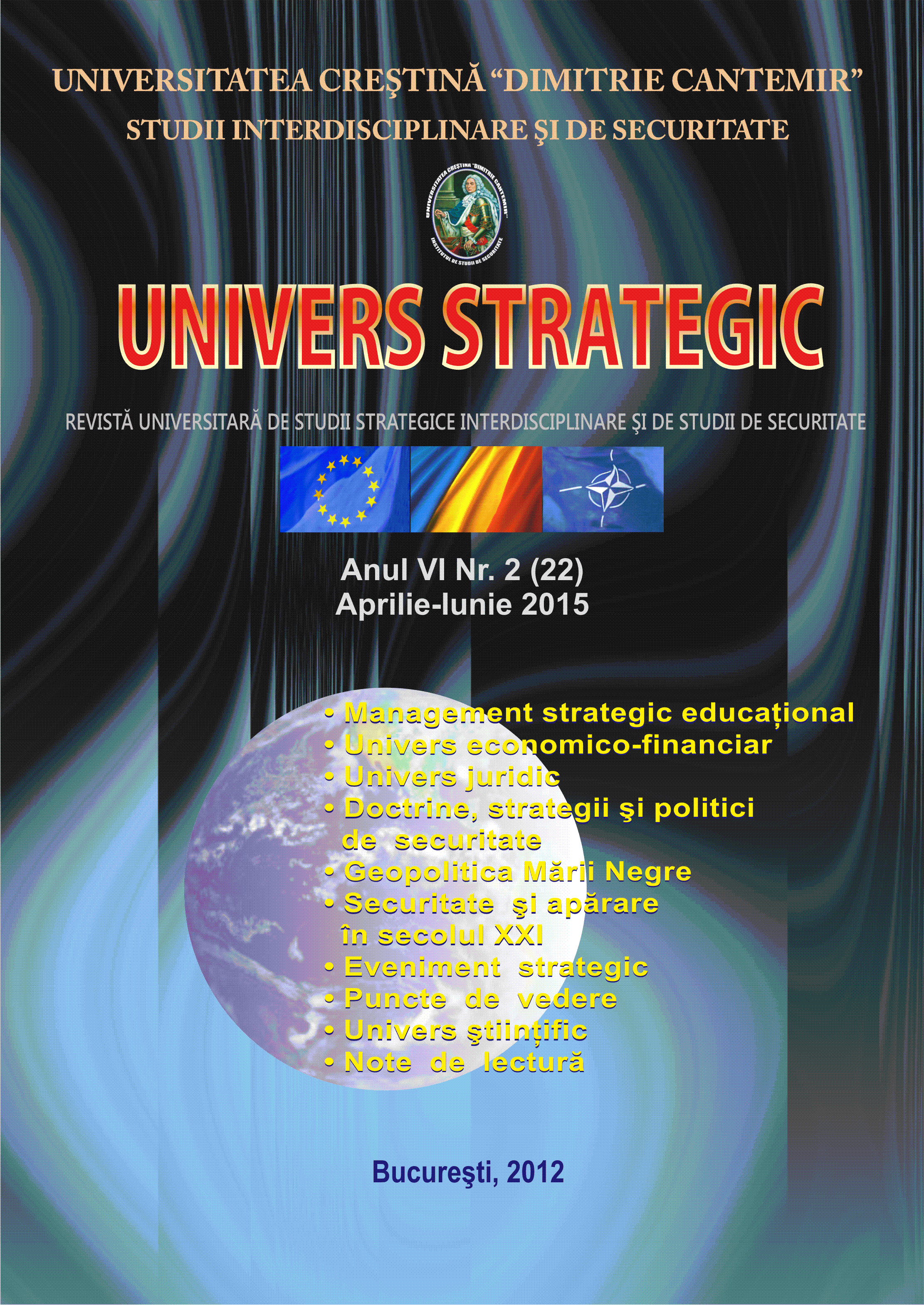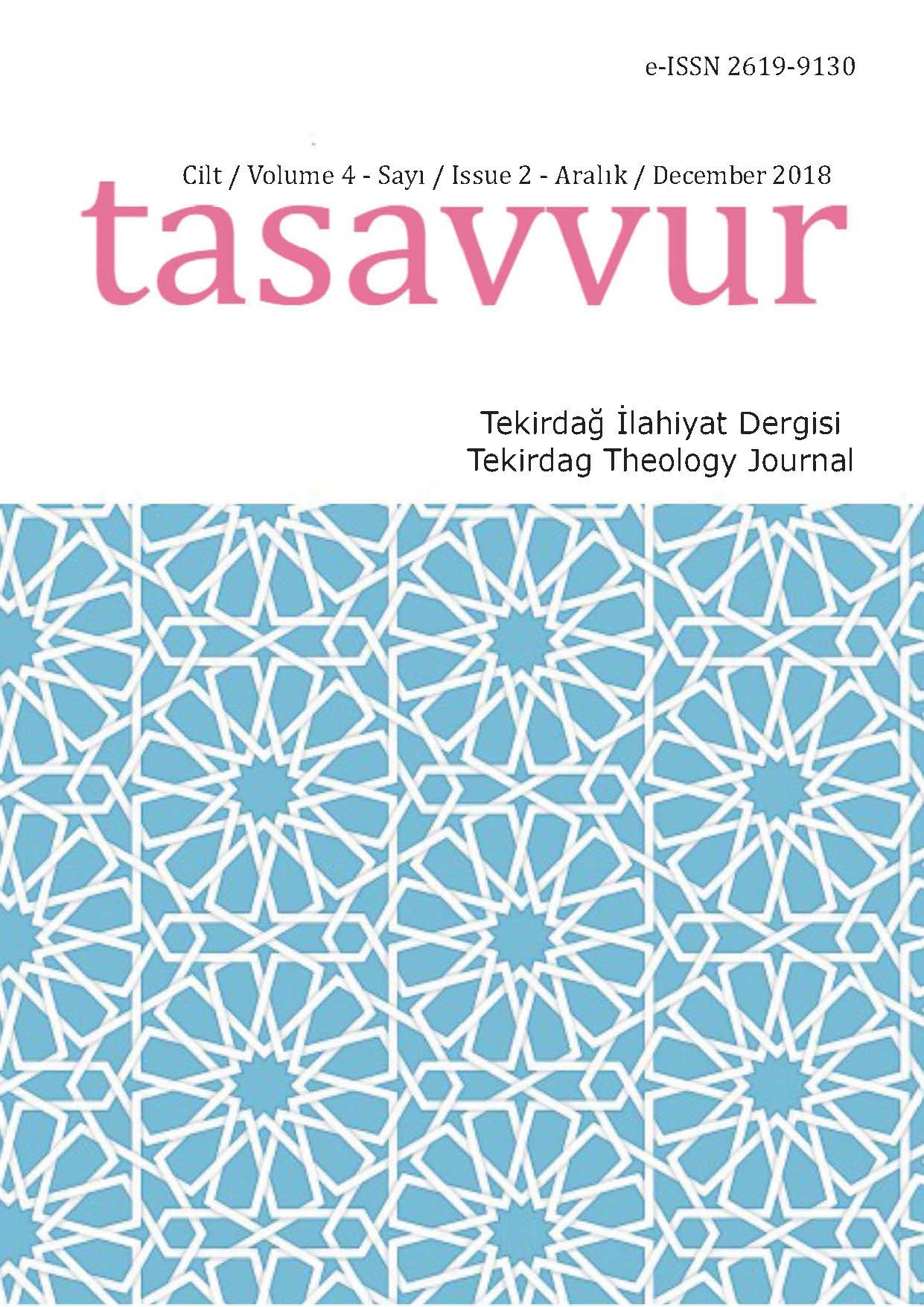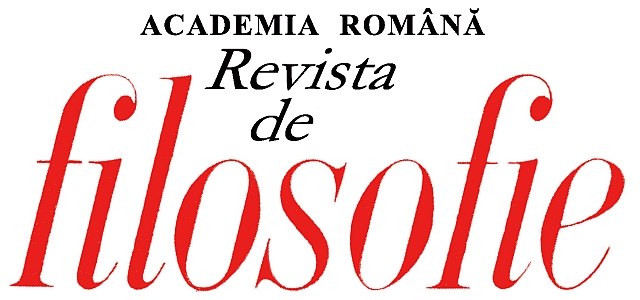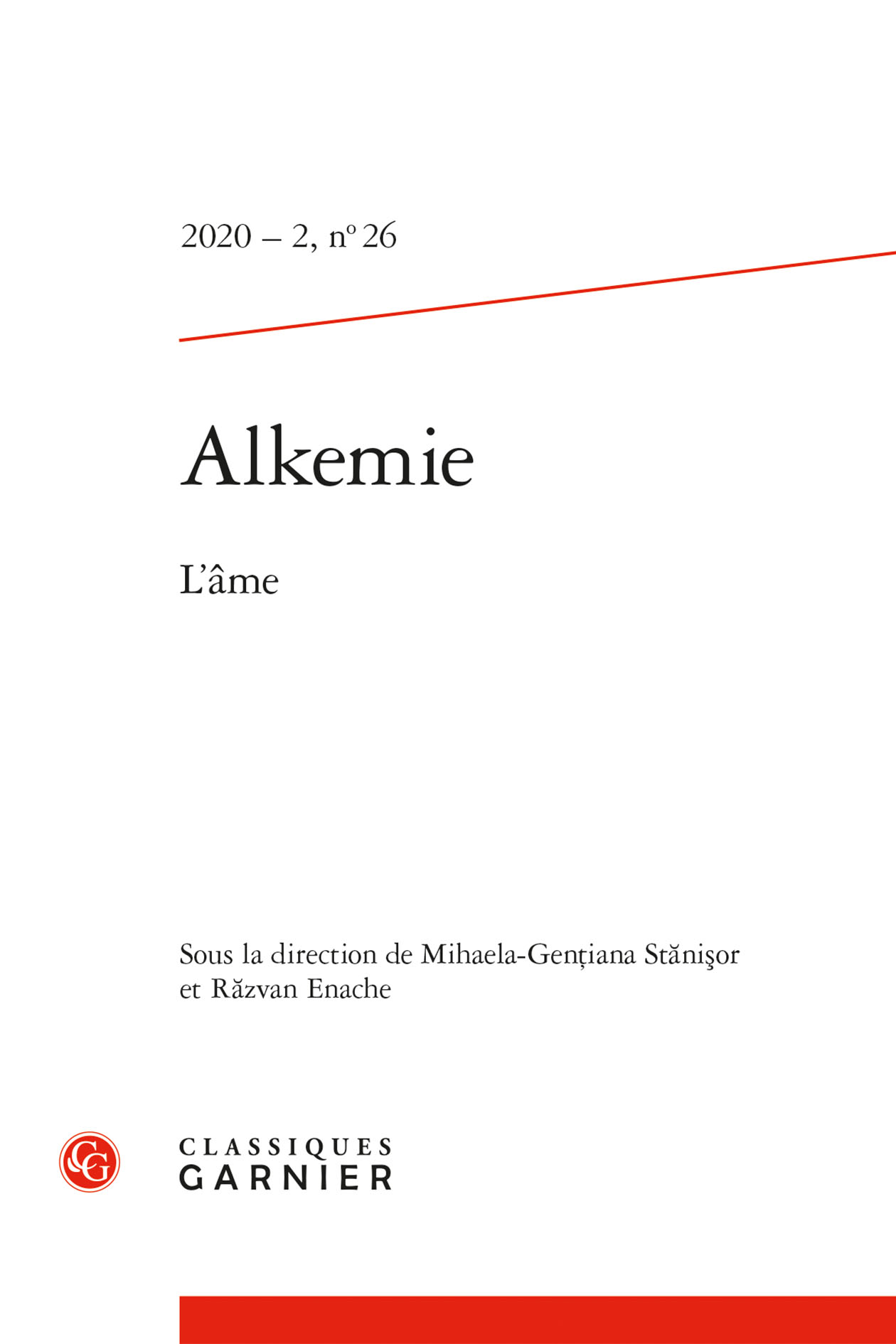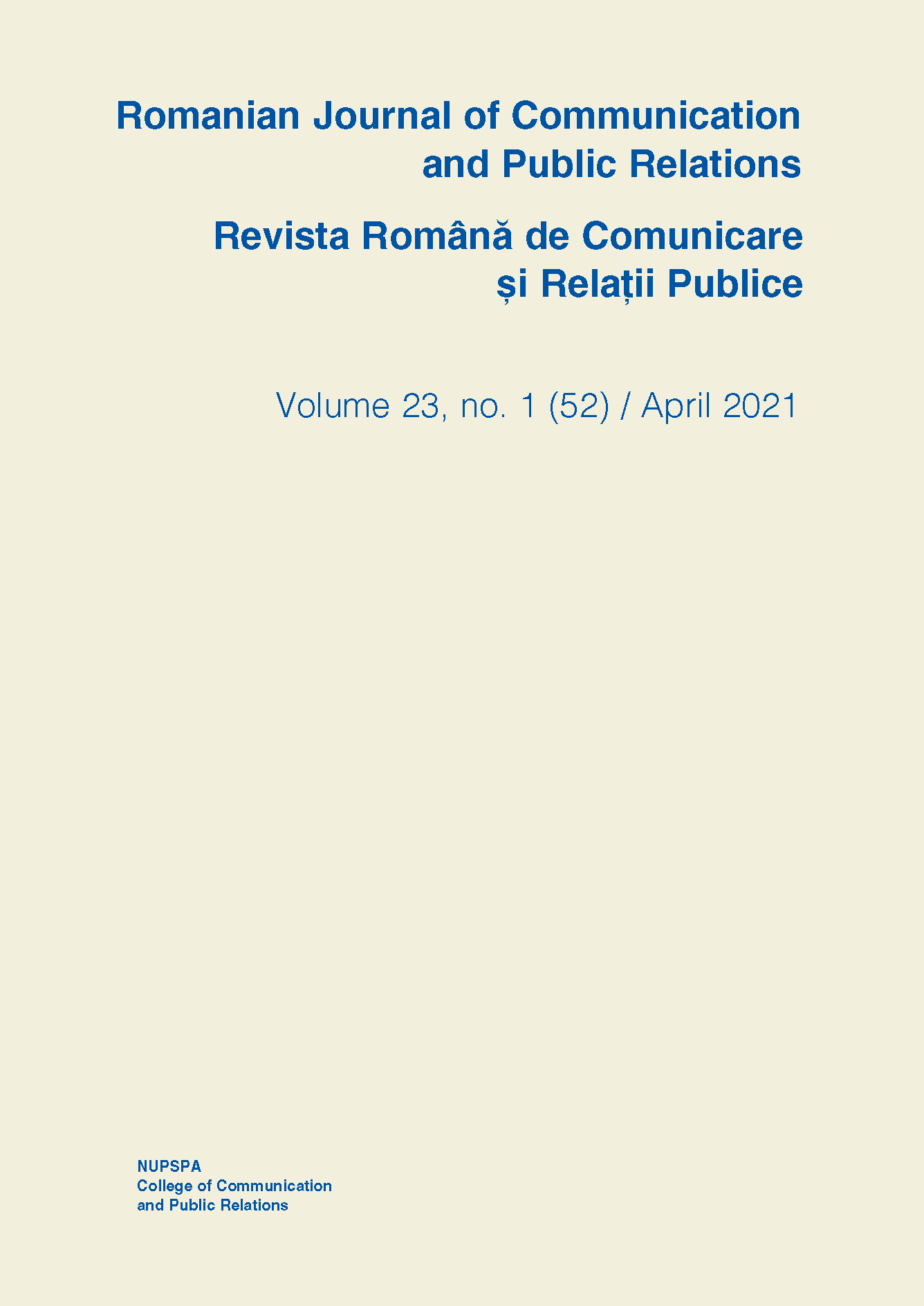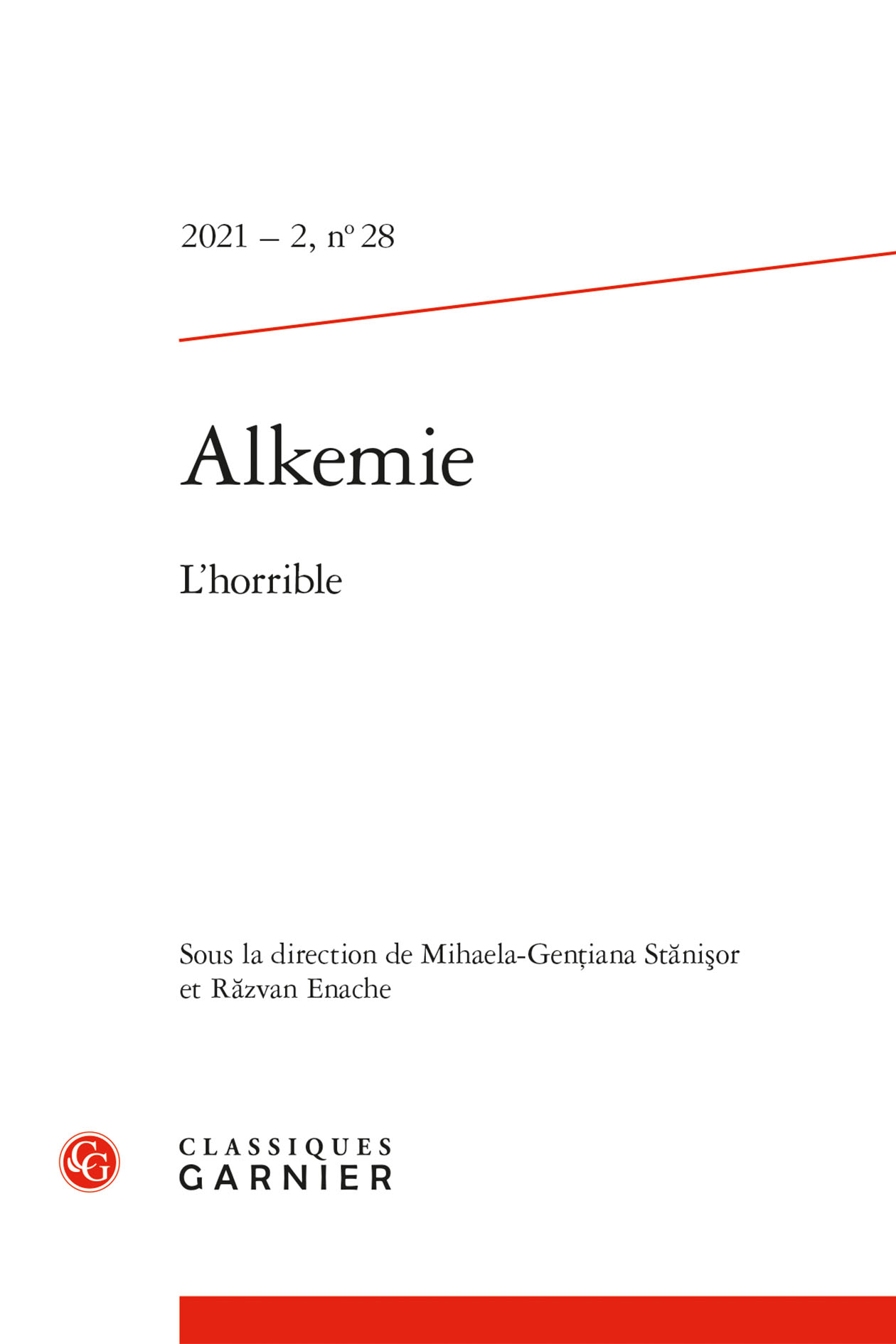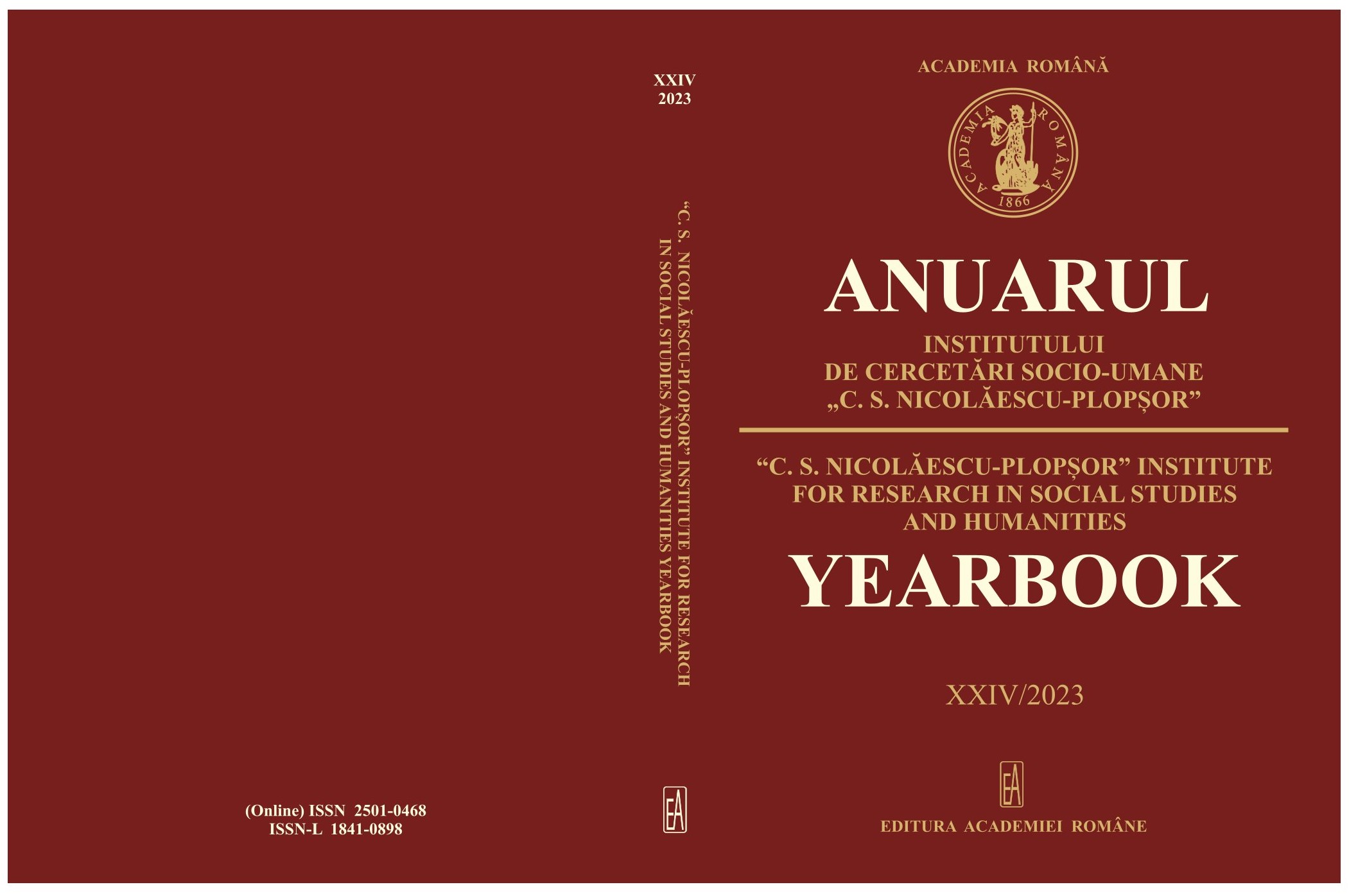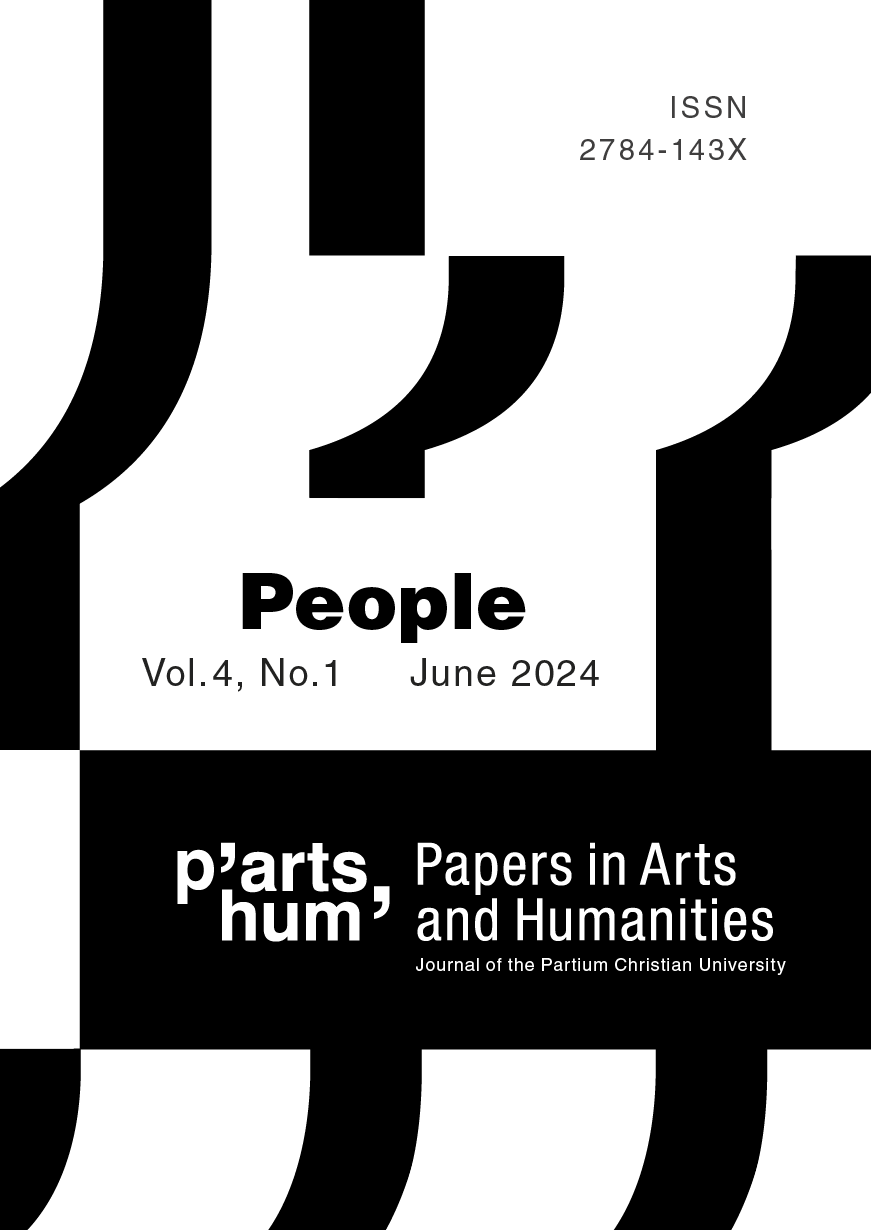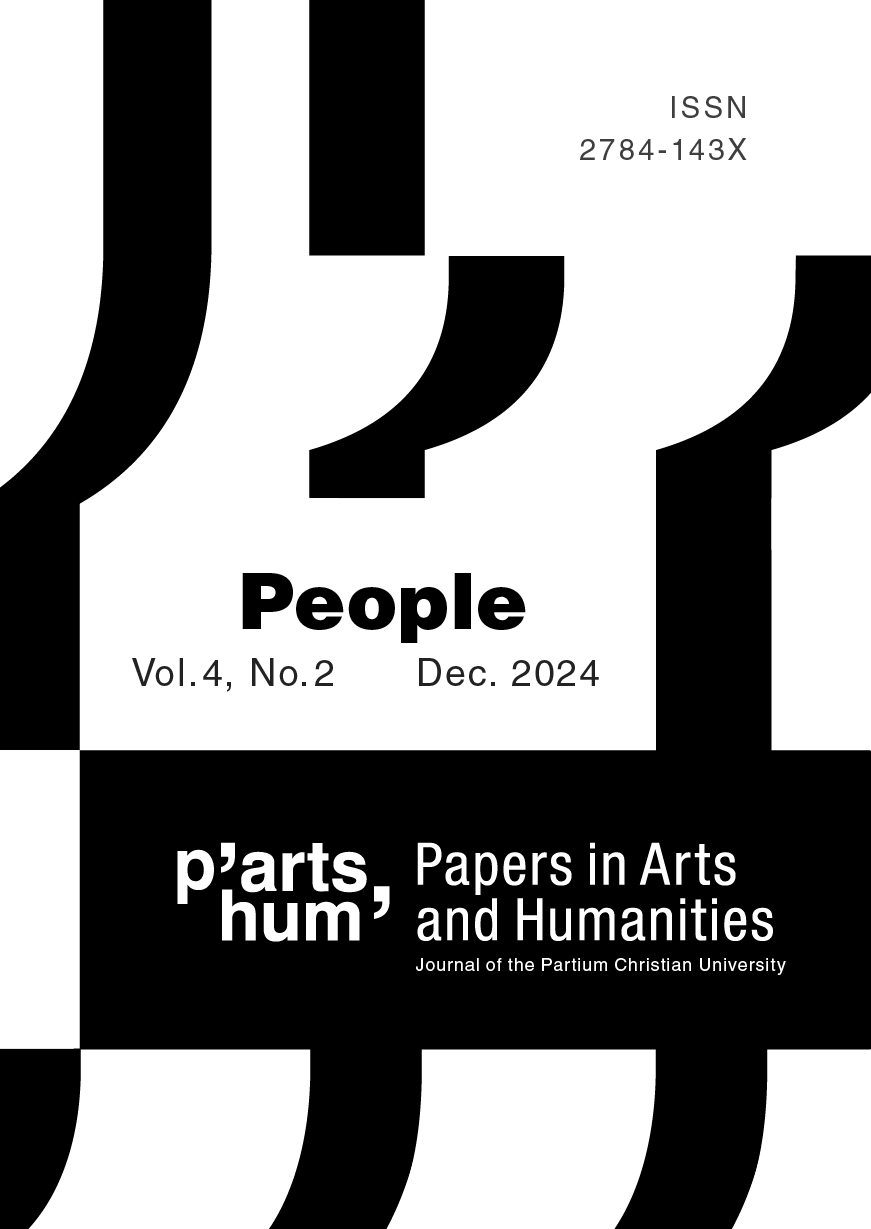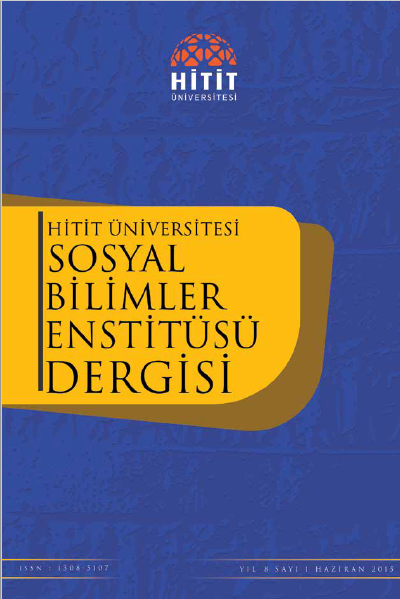
Murselât Sûresinde Tekrar Eden Âyetler Üzerinde Bağlam Etkisi
In this article, “the impact of context on the repeated ayahs in Surah alMursalat” is examined. As is known, The Holy Qur’an has a unique rhetorical feature which challenges to all appeal of poetic tradition that a highly prestigious situation between Arabs in revelation That some ayahs are repeated in text is one of features which makes Qur’an highly unique. I doubt whether these ayahs which are repeated as text in Our’an are only in the way of a repetition or these ayahs aim at another thing? In this article, our aim is to provide information by use of ayah “َين ٖ بِّذ َ كُم ْ ل ِ ل ٍ ذ ِ ئَمْو َ ٌل ي ْ يَو”, which are repeated ten times in Surah al-Mursalat and the impact of context of it. As the survey method in this context, every repeated ayah phrase is primarily discussed in context, it is referred to comments about the matter of standard and modern annotators and then it is aimed to detect repeated ayah is literal repetition or incorporeal repetition in context and to reveal this aim if it has an aim of its usage. The findings are presented in assessment and conclusion sections.
More...
